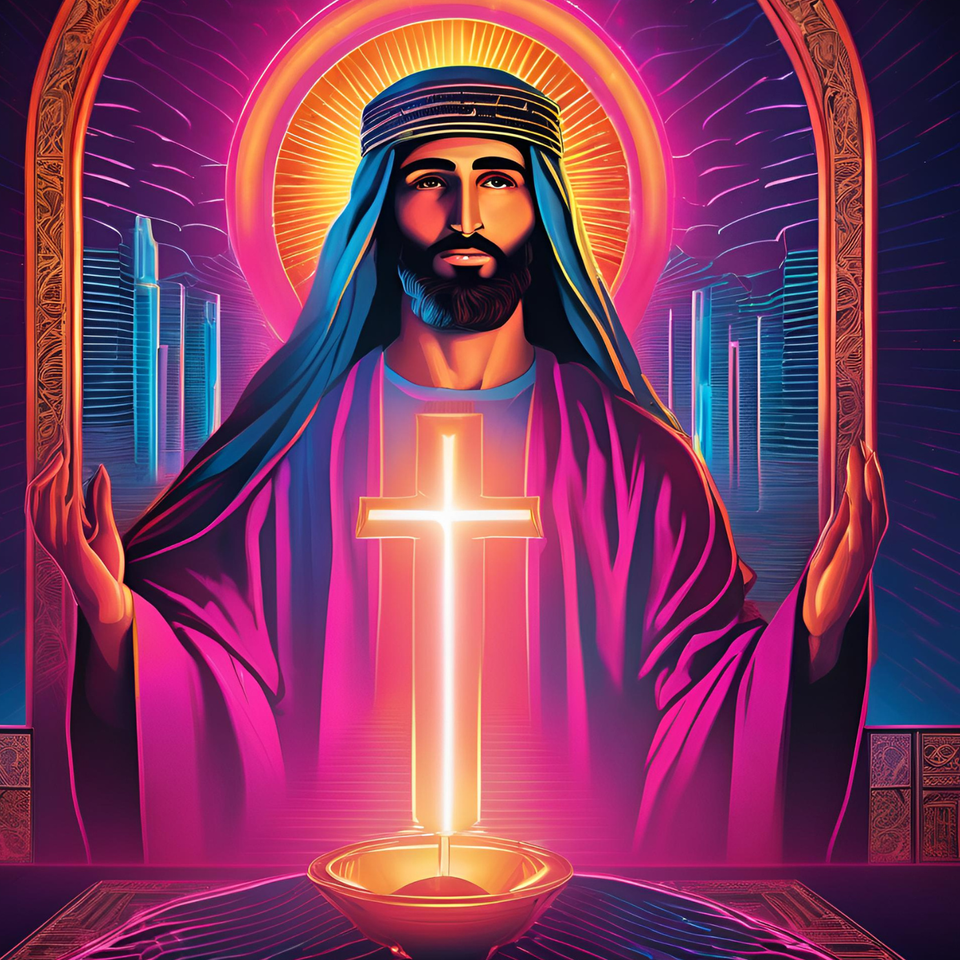Four Views On Christianity and The LGBTQIA+ Community

'Can someone be LGBTQIA+ and Christian?' has historically been met in most evangelical/fundamentalist circles with one of two responses. A homosexual Christian can choose to be celibate, or they can (often tragically and traumatically) go through conversion therapy to become heterosexual.
A Quick Caveat
I fully recognize and own this article may be triggering for some. While for others, writing about Christianity and the LGBTQIA+ Community pisses them off. I can empathize as someone who has also been deeply wounded and traumatized by the church. At the same time, I know my experience is not your experience, and I have never walked a foot in the shoes of someone in the LGBTQIA+ community. Though I have never and can never walk one step in your shoes, I am committed to doing all I can so that you never take another step alone or without an advocate.
How I was Taught to "Deal" with the LGBTQIA+ Community as an Evangelical Pastor
The religious tribe I come from was heavy on celibacy and "praying away the gay" type tactics. In our own eyes, we were progressive because we weren't like Westboro Baptists (this is about the same as someone saying, "At least I'm not as bad as Hitler," that's a tragically low bar), but no one would call the church affirming.
Sadly, as a pastor, I've seen numerous brother and sister Christians shamed, rebuked, ostracized, and harshly judged when trying to come out to their church community. "Healthy" or "loving" responses to someone coming out encouraged the person to suppress who they are, encouraged them to trust more in God, and reminded them when they had a temptation that their desire is sinful and wrong. To my shame, I've facilitated and sometimes led conversations that did all of these things. I am deeply sorry for that, and I openly confess my response was unloving and wrong.
The spectrum of Views on Being Christian and LGBTQIA+
Over the last few years, multiple tribes have emerged around how being a Christian and LGBTQIA+ fit together. In my experience, when talking about "affirming" the LGBTQIA+ community, it is primarily about their attraction towards the same sex being natural or by choice. On one side of the aisle is a group that believes same-sex relationships are not taboo, wrong, or sinful but is the natural desires of some people. While the other side of the aisle believes there's nothing natural about same-sex attraction, it is a choice at worst and at best; if it is a natural desire, it is only so due to sin; thus, it's still wrong.
Where views start to splinter is whether being in a monogamous same-sex relationship is a sin. Where I've seen most evangelicals land is somewhere on the following spectrum.
1. Far right, most conservative view. This group doesn't affirm LGBTQIA+ in any way. To this group, this is a lifestyle choice brought on by sinful and unnatural lust. All four verses on homosexuality in the Bible are adamant the LGBTQIA+ lifestyle is an abomination to God. Think Westboro Baptists.
2. Right, moderate view. This group essentially holds the same views as the far-right view (homosexuality is unnatural, wrong, and sinful in all its forms). However, these Christians want to welcome LGBTQIA+ folks into their church, often in the name of mission or evangelism. So anyone who experiences same-sex attraction can still worship in these spaces so long as they remain celibate or, by a miracle, convert to heterosexuality.
It's common for churches that hold this view to allow LGBTQIA+ people to experience life in their church through Sunday attendance and even small group participation. Where a line is usually drawn is when it comes to membership. Often churches will make as part of a membership covenant a series of doctrinal or social justice statements that make marriage exclusive to a male and female. Thus, in a functional sense, this becomes a type of gatekeeping and exclusion by bureaucracy to prevent LGBTQIA+ folks from getting too involved in the church. This is the tribe I came out of; think young, edgy Reformed-Baptist types.
3. Center, moderate view, aka "Side B." These Christians affirm LGBTQIA+ people and believe their attraction is natural and not sinful; some romantic same-sex relationships are permitted, but same-sex sex is still off-limits. This group is a mix of those who believe marriage is between a man and a woman only, which means those who experience same-sex attraction are called to lives of celibacy. This view is often referred to as "Side B." By "Side B," what is meant is there is an acceptance that being LGBTQIA+ is natural and not a choice (progressive view), but marriage or at least sex is still God-ordained between a man and a woman (traditional view).
4. Left, progressive view. Finally, on the other side of the spectrum is the group that does affirm LGBTQIA+ people, believes their desire is natural, and same-sex marriage is not (nor explicitly discussed) in the Bible. Therefore monogamous heterosexual and homosexual marriage is embraced. This is broadly known as "Side A," but both Side A and B groups tend to be exclusively evangelical terms. As no surprise to most, most mainline and progressive churches hold to this view. This is the view I now hold.
I won't go into detail here about my shift in views. However, the two major factors that led to a shift in my view from Right, moderate to Left, progressive were gaining proximity to the LGBTQIA+ community and crazy studying the Bible. If there's interest, I'm happy to write more on the journey that shaped my shift in views.




